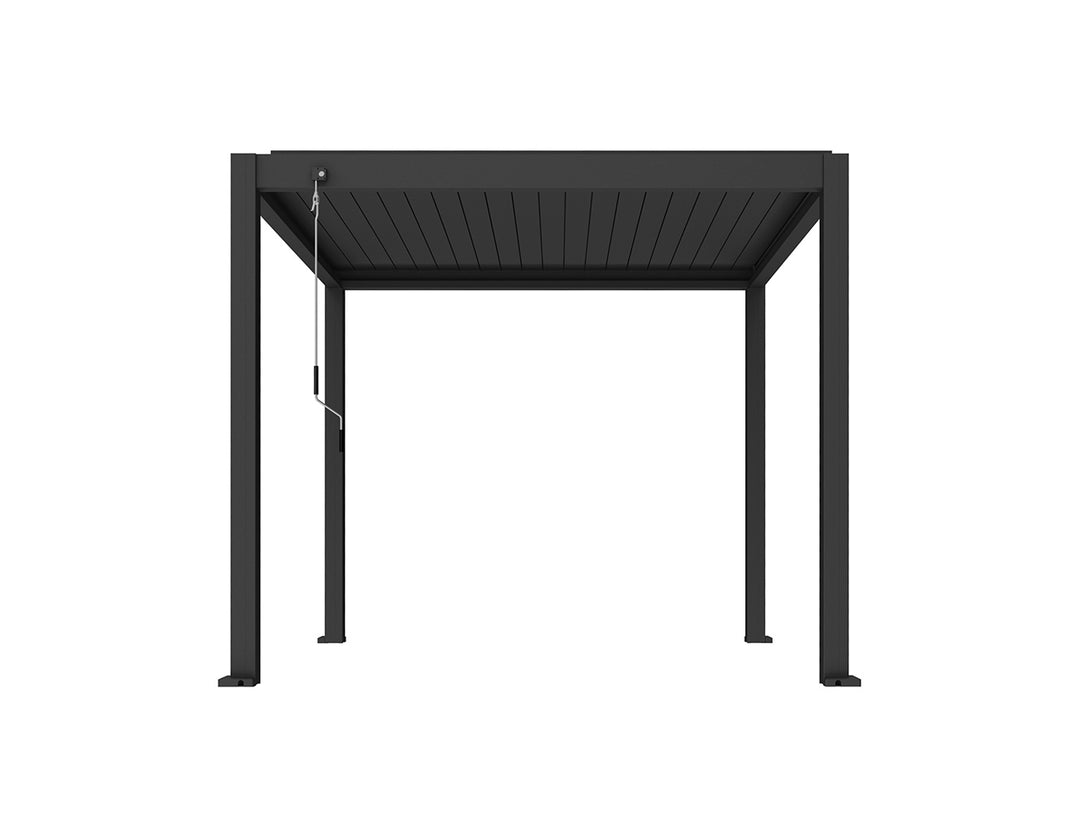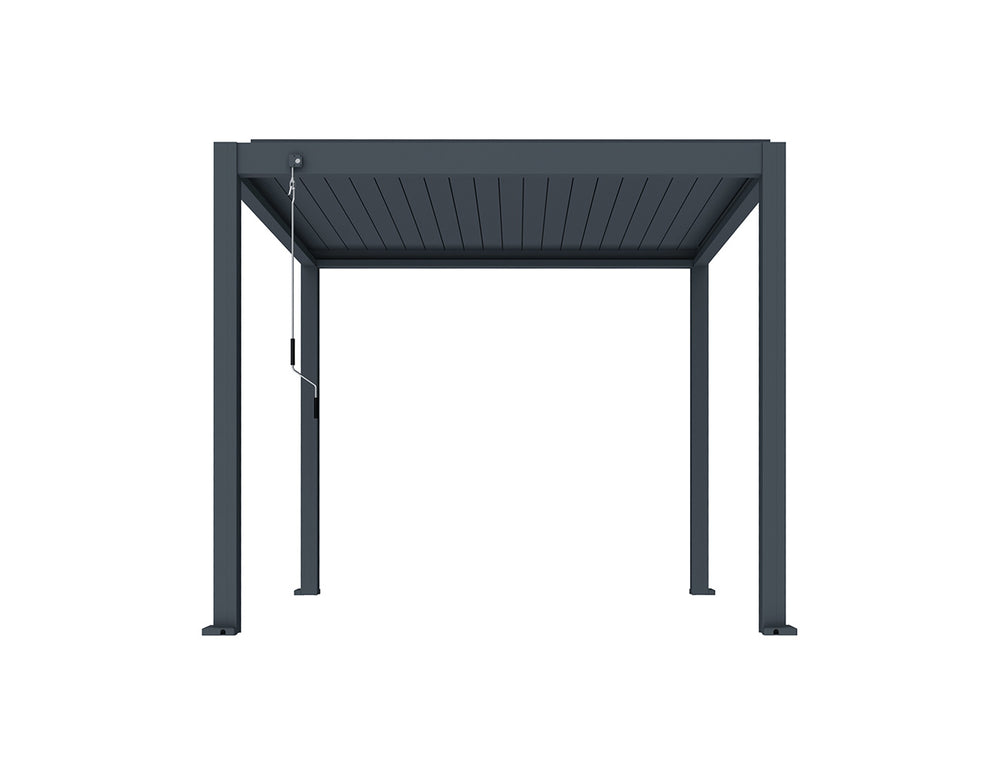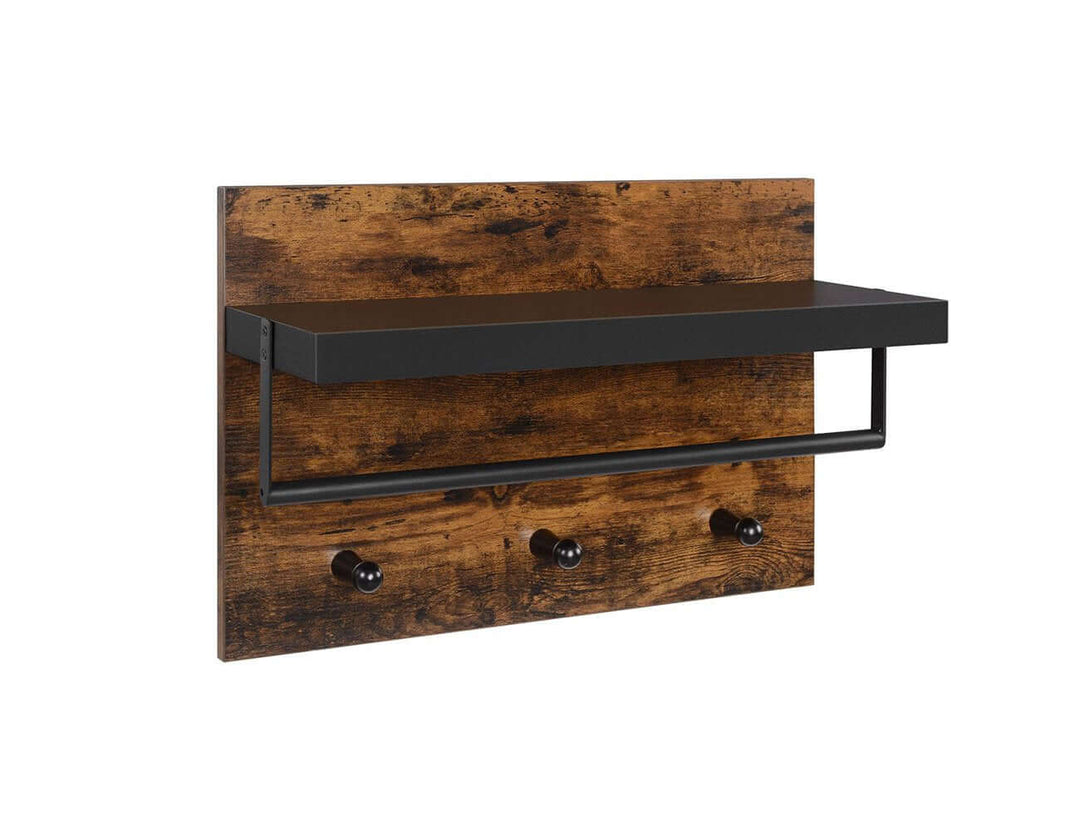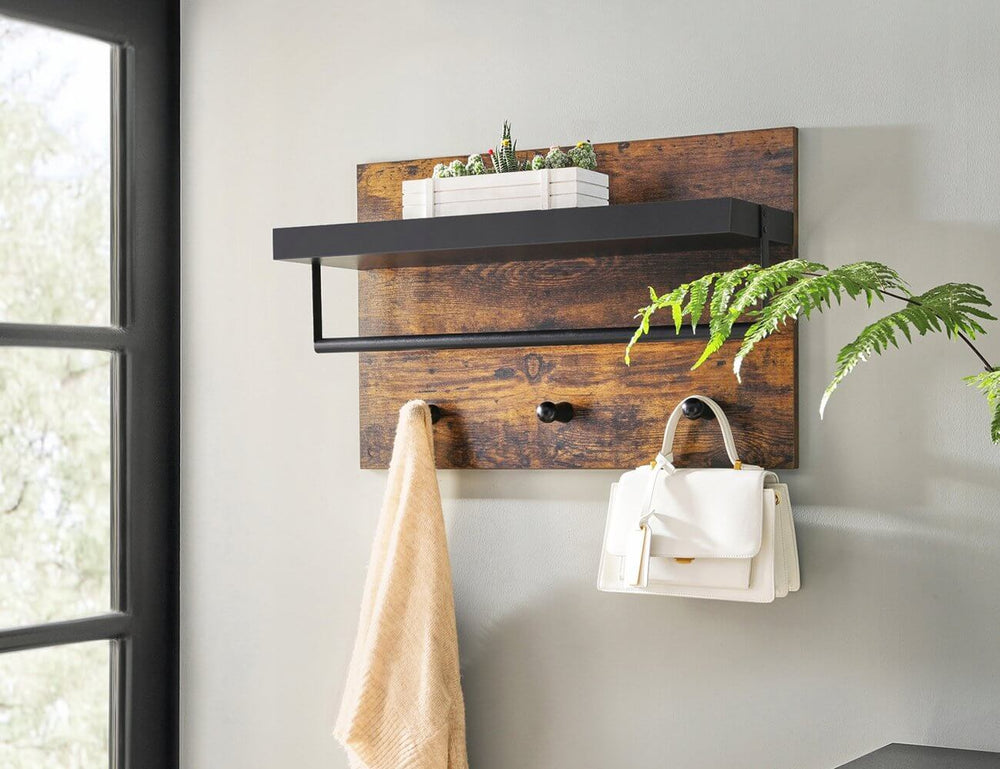The Advantages of Using a Tunnel Greenhouse for Home Gardening
Gardening is a fulfilling activity that not only beautifies your property but also allows you to cultivate your own food. However, gardening can prove challenging due to unpredictable weather conditions, pests, and diseases. To navigate these challenges, consider using a tunnel greenhouse. This article explores what tunnel greenhouses are, how they function, and how they can benefit home gardeners aiming to grow produce throughout the year.
Understanding Tunnel Greenhouses
A tunnel greenhouse is a greenhouse variant typically constructed from a series of arched hoops supporting a translucent cover. This cover, made from materials like polyethylene or polycarbonate, creates a microclimate that is warmer and more humid than the external environment, promoting healthier and faster plant growth. Tunnel greenhouses come in various sizes and shapes, suitable for different purposes, including growing vegetables, fruits, flowers, herbs, or ornamentals.
Functionality of Tunnel Greenhouses
Tunnel greenhouses operate by capturing solar energy and trapping heat and moisture under the cover. This cover serves as a barrier against heat loss and safeguards the crops against adverse weather and insects. It also allows sunlight to penetrate, a critical requirement for plant growth through photosynthesis. Ventilation in tunnel greenhouses is managed by opening or closing the ends or sides, preventing overheating and humidity build-up. Some tunnel greenhouses incorporate fans, heaters, or misters for better temperature and humidity regulation.
Benefits of Using Tunnel Greenhouses
Tunnel greenhouses offer several advantages for home gardeners:
Extended Growing Season: Tunnel greenhouses allow you to start planting earlier in spring and continue harvesting later into fall or even winter, depending on the climate and crops. Consequently, you can enjoy fresh produce that may be unavailable or expensive in stores during certain seasons.
Enhanced Crop Protection: Tunnel greenhouses shield your crops from frost, hail, wind, rain, pests, and diseases, reducing your losses and increasing your yields. This protection eliminates or reduces the need for pesticides or other chemicals, saving you money, time, and effort.
Improved Crop Quality: The controlled conditions within a tunnel greenhouse—temperature, humidity, and light—lead to more uniform and faster germination, growth, and ripening of crops. The result is better tasting, fresher produce, rich in vitamins, minerals, and antioxidants, and with a longer shelf life and improved appearance.
Reduced Environmental Impact: Tunnel greenhouses can help reduce your carbon footprint and water usage while enhancing soil health and biodiversity. By using practices like composting, cover cropping, crop rotation, and integrated pest management, you contribute to a sustainable and resilient food system.
Enhanced Crop Protection: Tunnel greenhouses shield your crops from frost, hail, wind, rain, pests, and diseases, reducing your losses and increasing your yields. This protection eliminates or reduces the need for pesticides or other chemicals, saving you money, time, and effort.
Improved Crop Quality: The controlled conditions within a tunnel greenhouse—temperature, humidity, and light—lead to more uniform and faster germination, growth, and ripening of crops. The result is better tasting, fresher produce, rich in vitamins, minerals, and antioxidants, and with a longer shelf life and improved appearance.
Reduced Environmental Impact: Tunnel greenhouses can help reduce your carbon footprint and water usage while enhancing soil health and biodiversity. By using practices like composting, cover cropping, crop rotation, and integrated pest management, you contribute to a sustainable and resilient food system.
In Conclusion
A tunnel greenhouse is a valuable tool for home gardeners aiming to cultivate their own food, save money, and minimize environmental impact. By utilizing a tunnel greenhouse, you can extend your growing season, safeguard your crops, and enhance both your yields and crop quality, all while engaging in the rewarding activity of gardening.
More from:
Tunnel Greenhouse










